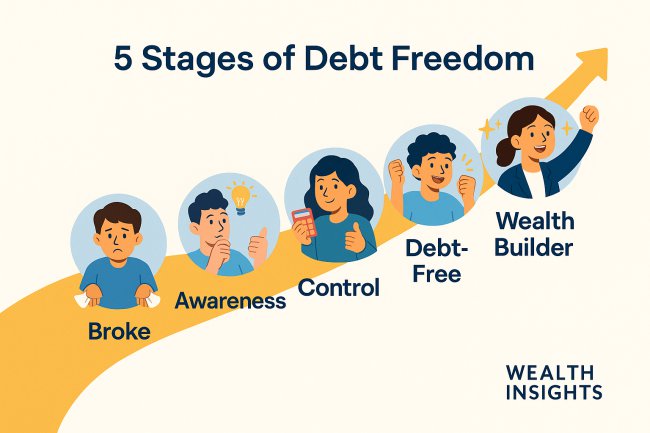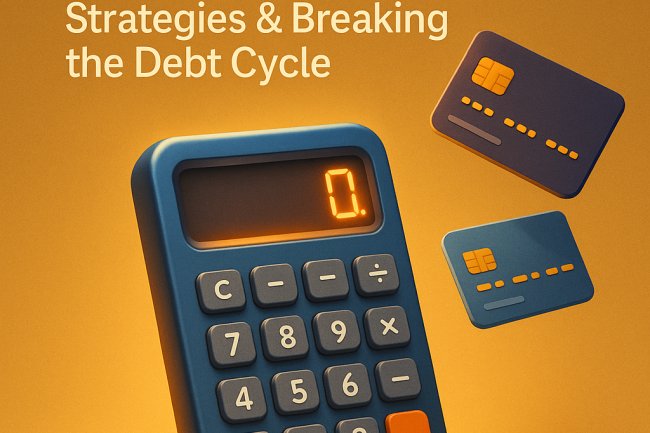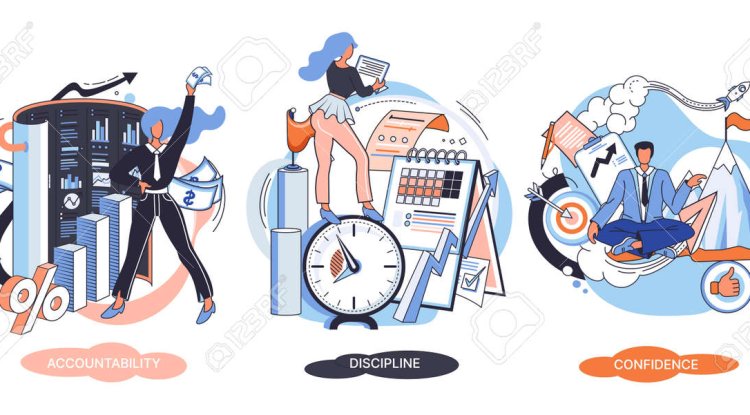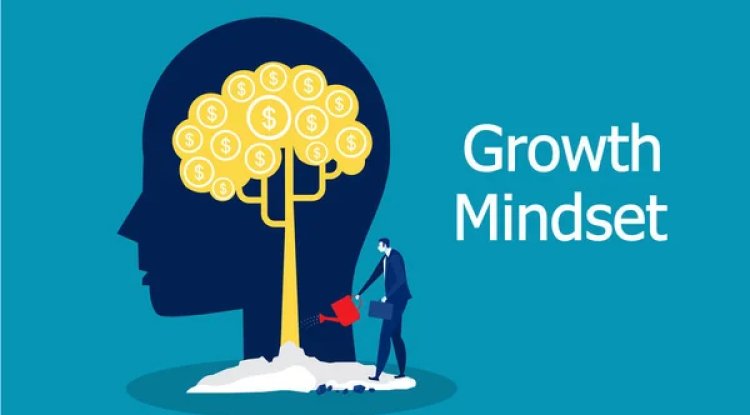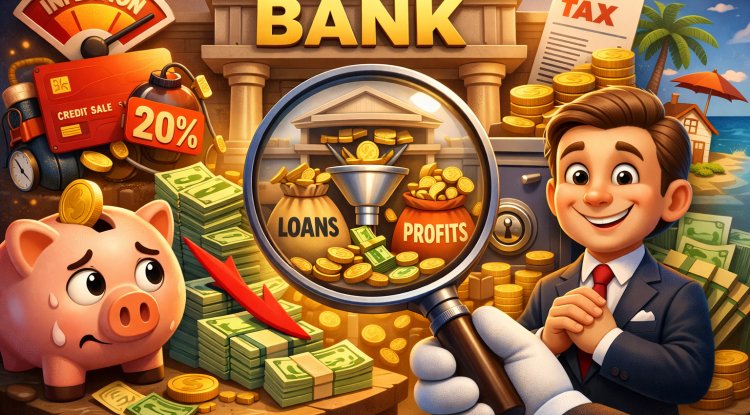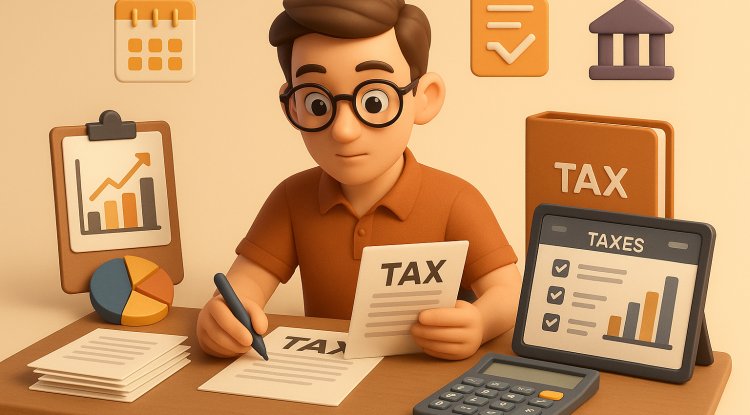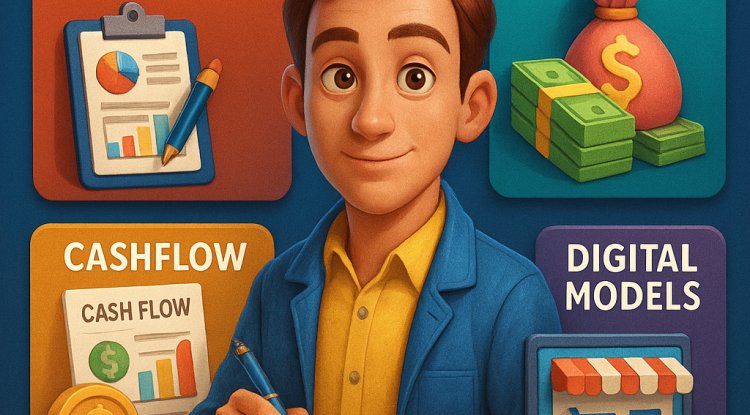Debt Management and Elimination: A Practical Guide to Regaining Financial Control
Struggling with debt? Learn practical strategies to reduce and eliminate debt, improve your credit score, and build a debt-free future. Discover the difference between good and bad debt, and regain control of your finances with proven methods.
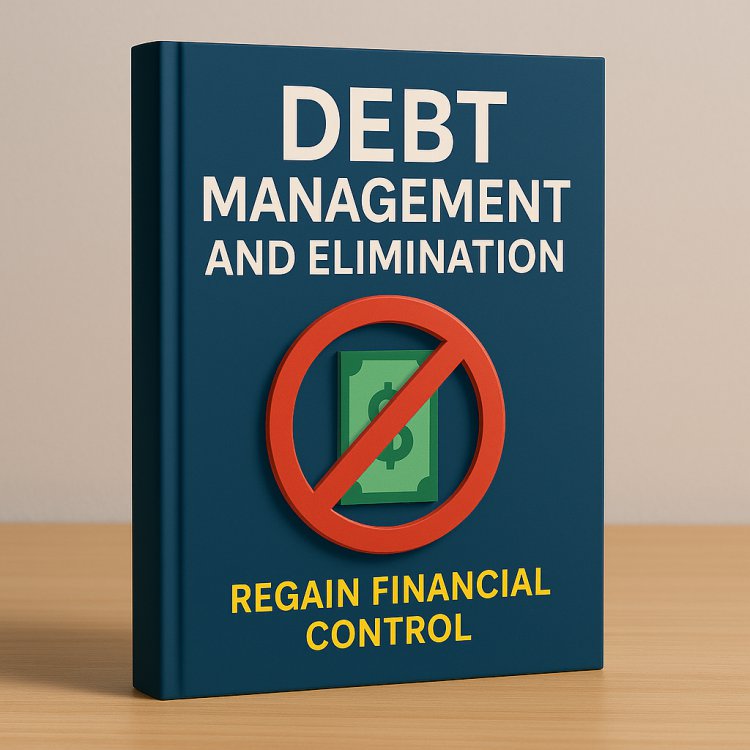
Are you feeling overwhelmed by debt? You’re not alone—but you’re not powerless either. Debt can either build your future or block it. Managing it effectively is a major step toward financial freedom. In this guide, we’ll break down how to identify, reduce, and eliminate debt for good.
Understanding the Types of Debt
Before you can manage debt wisely, you need to understand what kind you’re dealing with.
Good Debt
Good debt helps you grow your wealth. It includes:
-
Student loans (for career advancement)
-
Mortgages (for property investment)
-
Business loans (for income-generating ventures)
These often come with lower interest rates and potential returns.
Bad Debt
Bad debt funds depreciating assets or lifestyles you can’t afford. Common types:
-
Credit card balances
-
Payday loans
-
Personal loans for luxuries
These usually have high interest rates and compound quickly, trapping you in a cycle of repayment.
How to Take Control: Debt Management Strategies
1. Take Inventory
List all your debts:
-
Amount owed
-
Interest rate
-
Minimum monthly payment
-
Due date
This clarity is the foundation of your repayment strategy.
2. Choose a Repayment Method
Debt Snowball Method
-
Pay off the smallest debt first.
-
Gain motivation from quick wins.
-
Roll the payment into the next-smallest debt.
Debt Avalanche Method
-
Pay off the debt with the highest interest first.
-
Saves more money in the long term.
Choose the method that aligns with your behavior—motivation vs. savings.
3. Debt Consolidation
Combine multiple debts into one:
-
Lower interest rate
-
Single monthly payment
-
Easier tracking and faster payoff
Tip: Consider only if the new loan has favorable terms and you can avoid new debt.
4. Negotiate with Creditors
Don’t be afraid to:
-
Ask for a reduced interest rate
-
Set up a more manageable payment plan
-
Request a settlement (if you're severely behind)
Many creditors would rather restructure than write off your account.
5. Avoid New Debt
Until you’re out of the red:
-
Cut up or freeze credit cards
-
Avoid big purchases unless they’re emergencies
-
Stop using buy-now-pay-later schemes
You can’t get out of debt by adding more.
Signs You’re in Debt Trouble
Recognize the red flags before it’s too late:
-
You’re only making minimum payments
-
You borrow to pay off other loans
-
You’re stressed, sleepless, or avoiding bills
-
You hide your debt from family
If this sounds familiar, take immediate action with the strategies above.
Tips to Stay Debt-Free Long-Term
-
Live below your means—spend less than you earn.
-
Build an emergency fund—avoid falling back into debt during crises.
-
Use credit intentionally—not impulsively.
-
Budget monthly—keep your spending aligned with your goals.
-
Track your progress—use tools like debt trackers or financial apps.
Your Path to Financial Freedom Starts Today
Being in debt doesn't make you a failure. But staying in debt without a plan is a mistake. Take action now:
-
List your debts
-
Pick a repayment strategy
-
Commit to a no-new-debt lifestyle
-
Celebrate every milestone
Debt-free living isn’t just a financial goal—it’s a lifestyle shift that unlocks your future.
Bonus Resources:
-
Apps: Tally, Undebt.it, Debt Payoff Planner
-
Books: “The Total Money Makeover” by Dave Ramsey, “Your Money or Your Life” by Vicki Robin
#DebtFreeJourney #MoneyManagement #FinancialFreedom #DebtConsolidation #SmartMoneyMoves #PersonalFinance #BudgetTips #FinancialDiscipline
What's Your Reaction?







